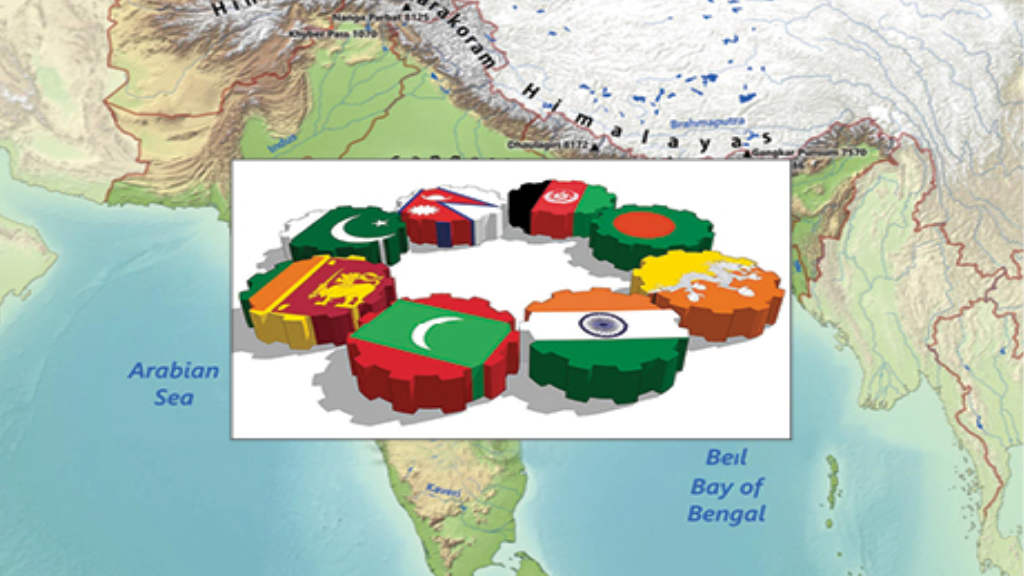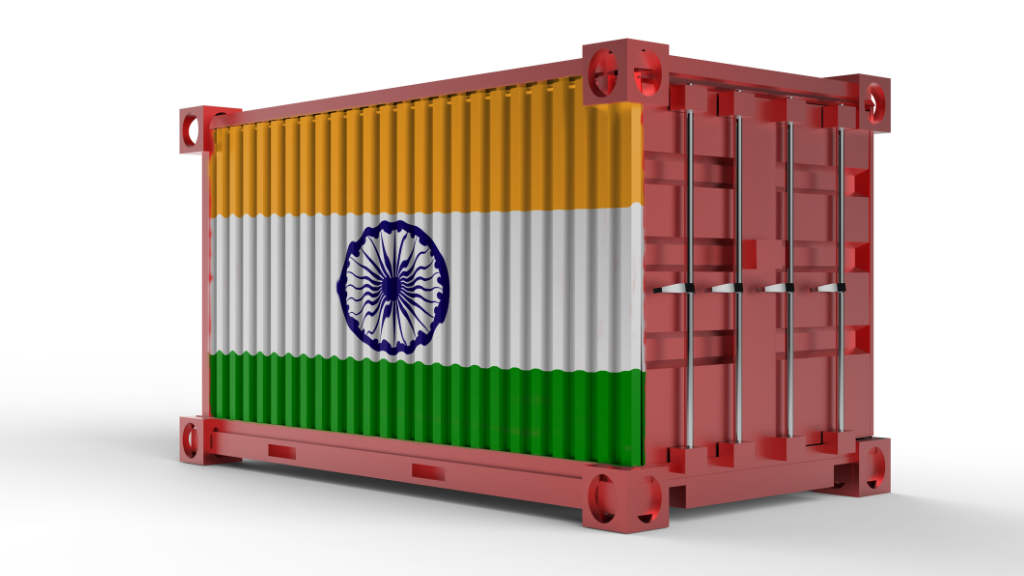Lower oil prices and freight rates contributed to the growth of Russian crude exports. At the end of April, shipments through ports rose to 448,000 tons per day, as calculated in the Center for Price Indices (CPI), returning to the level of December, before the recent introduction of ever-larger U.S. sanctions. Given the stable demand for oil in Asia and cheaper transportation, the current volumes of shipments are expected to be maintained at a minimum throughout May.
Thus, shipments returned to the level before the introduction of large-scale U.S. sanctions against the Russian oil sector, including sanctions directed at more than 180 tankers.
According to CCI data, the largest monthly increase in April was shown by shipments through the port of Kozmino +17.79%, 139 thousand tons per day. Daily shipments via Ust-Luga +8.95%, to 73,000 tons, and Primorsk is +4.76%, to 110,000 tons. Novorossiysk port loading decreased by 13.64% this April to 57 thousand tons per day.
By the beginning of May the growth of shipments continued. During the week of April 28 – May 4, loading of Russian oil at Russian ports increased by 6.4% against the previous week, to about 523 thousand tons per day.
The key export destinations remain India, China and Turkey, where demand for Russian grades remains stable due to attractive prices. According to estimates, the average cost of Urals oil in Russian ports in April amounted to $55.8 per barrel, and in early May fell to $51 per barrel. The decline in Russian oil prices to below $60 per barrel – the ceiling set by the G7 countries – has attracted additional tankers, and increased competition between shipowners has led to a reduction in freight rates, which were rising sharply at the beginning of the year.
According to analysts, the cost of oil transportation from Kozmino to China has fallen 60% from this year’s peak, to $3.3 per barrel. Transportation from western ports has fallen 10-20% to $1.5-2.5 per barrel.
S&P Global estimates that tankers linked to G7 countries transported 1.27 million barrels per day (bpd) of Russian oil in April. This is 54% more than a month earlier and the highest since March 2024. According to data cited by S&P Global, G7-affiliated tankers carried 26.9 million barrels of Urals in April, while ships from other countries carried 23.5 million barrels.
Meanwhile, restrictions on the fleet transporting Russian oil may be expanded by May 20, 2025. According to Bloomberg, the expected 17th package of EU sanctions might include up to 150 tankers suspected of circumventing the price ceiling. The main risk is if the US supports the EU and imposes similar restrictions. Analysts expect that the EU will most likely not impose restrictions on new vessels but will copy the American lists. Tankers that have come under the US sanctions already face difficulties in insurance, maintenance, and similar issues, so any EU sanctions will not put them under greater pressure. However, if the EU expands the list with new vessels, it may lead to a reorganization of logistics chains. It is felt among experts that tankers entering Baltic ports, where delays and increased inspections have recently become more frequent, are most at risk, which may indicate the EU’s intention to tighten control, and will become clear by June 2025.
Further Reading
New US Sanctions On Russian Oil Exports – The China & India Implications





